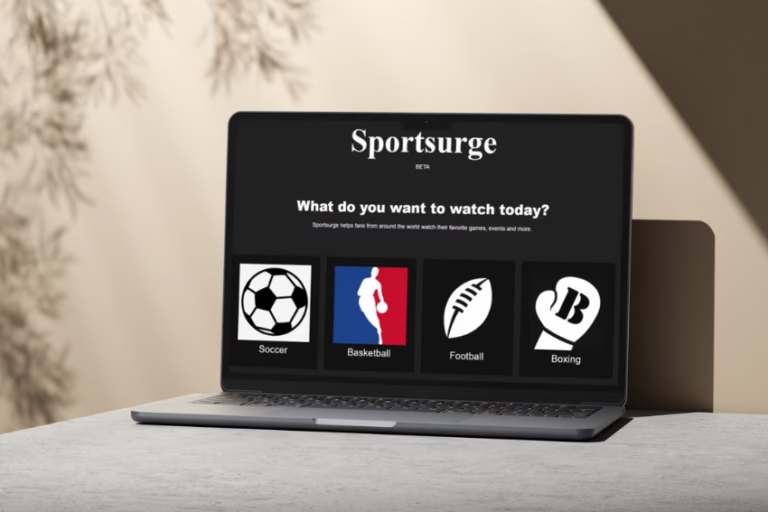When it comes to user interface (UI), many website users interact will it every time they use a computer or mobile device. UI is essential, especially, when users access sites. Therefore, good UI requires:
- Great functionality
- Aesthetic appeal, AND
- Intuitiveness in nature
Such elements are needed to ensure great-quality user experience (UX).
Now, while there are multiple tools that can help you define your website’s layout, as well as help you place UI elements, it’s still important to pick the right tool that can get the job done. That’s where both Bootstrap and CSS come in!
In this article, we’ll thoroughly explore differences between Bootstrap and CSS. Then, we’ll compare these two commonly-used layout grids.
But first, we’ll discuss these tools, and how they operate.
What is Bootstrap?
Bootstrap is designed to help programmers develop responsive and mobile-friendly websites. Easy to download and free, this tool is a front-end framework that includes various HTML- and CSS-based design templates for buttons, tables, forms, panels, etc.
Here are the following reasons why Bootstrap is popular, compared to the other tool (which we’ll discuss next):
- Let’s users create responsive websites
- Allows websites to automatically adjust themselves to appear better, depending on the device that a user is on
In addition, Bootstrap comes with an advanced grid system, which includes:
- Numerous reusable components
- Dropdowns
- Alerts
- Navigations
- Popups
- jQuery plugins
(Many of these features can be customized in Bootstrap.)
With that said, let’s take a look at its counterpart, CSS.
What is CSS?
CSS is defined as a two-dimensional grid system that can be used to work on the layout of UI elements and segments of a webpage. Just like creating a table, the Grid comes with horizontal and vertical lines to form rows and columns. When using the Grid, you can place UI elements in it, and have them accurately positioned to where they can create a responsive design for a website or app. How? By using pixels to fix the track sizes and work with percentages. By doing so, you’re making the web design more user-friendly, especially when users are on various devices.
Essentially, CSS stands for “Cascading Style Sheets,” and is easy to learn and integrate HTML and XHTML with, when making webpages more presentable and user-friendly. Since its debut in 1996, there have been many versions of CSS. The first version was perfect for simple visual formatting for all HTML tags. Then, its successor added more features for media-specific style sheets (i.e. downloadable fonts, element positioning, and tables). Today, its latest version CSS3 has modules with new extensions (i.e. selectors, box models, backgrounds, borders, and transformations).
When designing webpages with CSS, users can do the following:
- Add color
- Change fonts and text
- Add tables
- Add gradients
- Add shadows
- Transform in 2D or 3D
- Border images
- Control multi-backgrounds, etc.
Furthermore, CSS can make it to where the web design is responsive, and can be adaptable across various platforms. As a result, you’ll get a UI that’s both attractive and user-friendly.
Differences Between Bootstrap and CSS
Now that we’ve delved into the two in question, it’s important to know about their differences. The main difference is that while CSS serves as a style sheer language that describes a document that’s written in a markup language (i.e. HTML), Bootstrap is free and open-sourced in its front-end framework when it comes to designing websites and apps.
With that said, here are some other notable differences between the two:
Bootstrap | CSS | |
| Versions | Bootstrap has two versions: Bootstrap 3 and 4. | CSS has versions 1, 2, and 3. |
| Grid | Bootstrap comes with a grid system, which creates a page layout with rows and columns. Such rows and columns help to place content when needed. | CSS lacks a grid system to place content in. |
| Designed Classes | Bootstrap contains already-designed classes that programmers can use to add styling to elements without starting from scratch. | With CSS, you’ll have to write code from scratch. |
| Features | Bootstrap has more features than CSS, because it comes with JQuery plugins, templates, etc. | CSS works on pre-defined written code. |
| Usage | Bootstrap helps create responsive and more presentable designs. | CSS can only help create how presentable webpages are. |
| Markup | Despite the positives defined so far, Bootstrap, when it comes to markups, requires a div tag for each row. And, each div tag must have a defined class tier to specify the layout, thus making code lengthier. | CSS, on the other hand, has a cleaner markup; and it’s more legible, thus defining the grid layout. |
| Responsiveness | Bootstrap requires that you define content area layout individually for various device sizes using predefined class tiers, thus making the markup bulkier. | CSS only requires that you add different media queries to it to define the grid layout for each HTML element, even if the HTML stays the same. |
| Loading Speed | Bootstrap can slow down the page load speed, if stylesheet supporting files have to be downloaded. | CSS is well-supported by most browsers and versions, which means faster loading speeds and no downloads needed. |
Which is the Better Option?
So, which one is better? Bootstrap or CSS? Well, that depends.
While Bootstrap is good for some things, CSS will be good in areas that can’t be achieved well by Bootstrap. Though, consider the following scenarios for each:
- For simple and flexible layouts, then using CSS is the better choice.
- For more complex responsive designs with predefined classes, then using Bootstrap is your best bet.
Overall, to build a successful website or web application, it’s important to offer the best appeal across various devices and platforms.
Conclusion
So, you see, Bootstrap and CSS have their pros and cons; and how you decide to use them depends on your website or app. The overall main difference between Bootstrap and CSS is that Bootstrap acts as a front-end framework, while CSS is a suitable language to style sheets.
However, when looking for similarities between the two, it’s clear that they both strive to help users add elements to websites like backgrounds and borders, text (font), 2D animations, 3D animations, etc. Needless to say, they’re both good at helping you create presentable websites to show off online.














+ There are no comments
Add yours